
Usability testing
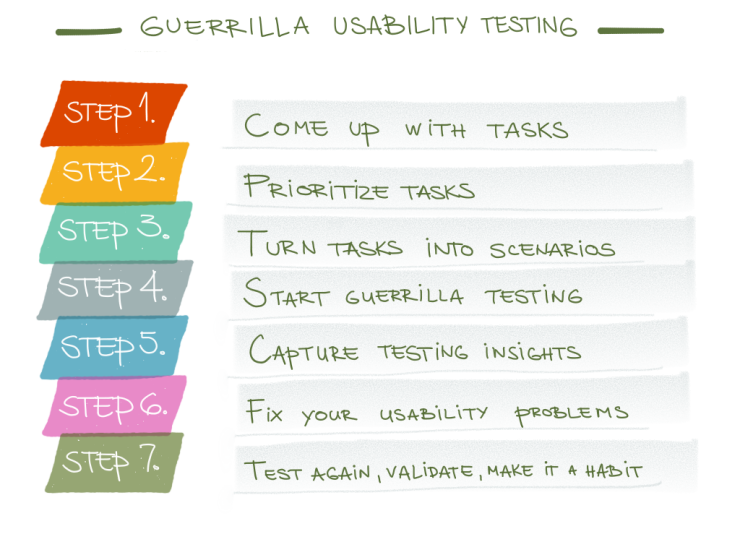
Usability testing is a popular research method for collecting detailed and direct user feedback about your online product, website, or mobile application.
Now, here are some of the most popular testing methods:
Guerilla testing is the most basic type of usability testing. Guerrilla testing entails asking people about your prototype in a public setting, such as a coffee shop. Participants in the test are picked at random. They are often invited to conduct a fast usability test in exchange for a little reward (such as a free coffee). Real user input is enabled via low-cost and relatively simple testing.

Lab usability testing, as the name implies, is testing conducted in a controlled environment (laboratories) under the supervision of a moderator. A moderator is a professional who is seeking real-time user comments. Moderators guide test participants through activities, answer their questions, and respond to their feedback in real-time throughout a moderated test.
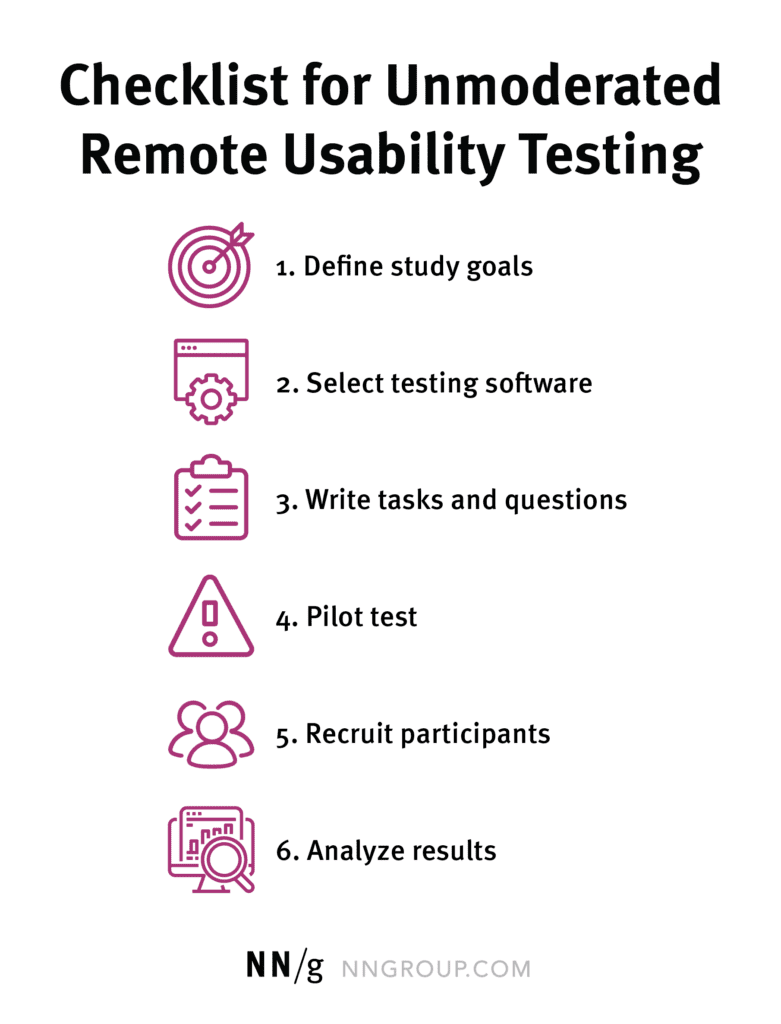
Unmoderated remote usability testing is conducted without the presence of a moderator. It provides quick, dependable, and low-cost, user testing results that can be used for additional analysis. Participants are requested to complete activities in their own surroundings, using their own devices, and without the presence of a moderator, resulting in the natural use of the product. Unmoderated testing is less expensive; nevertheless, the results are less thorough.

Contextual inquiry is more of an interview/observation method than a usability testing method for helping a product team gather knowledge about the user experience of real people. Participants in the tests (the actual users) are asked a series of questions regarding their experience with a product before being observed and questioned while working in their own locations.
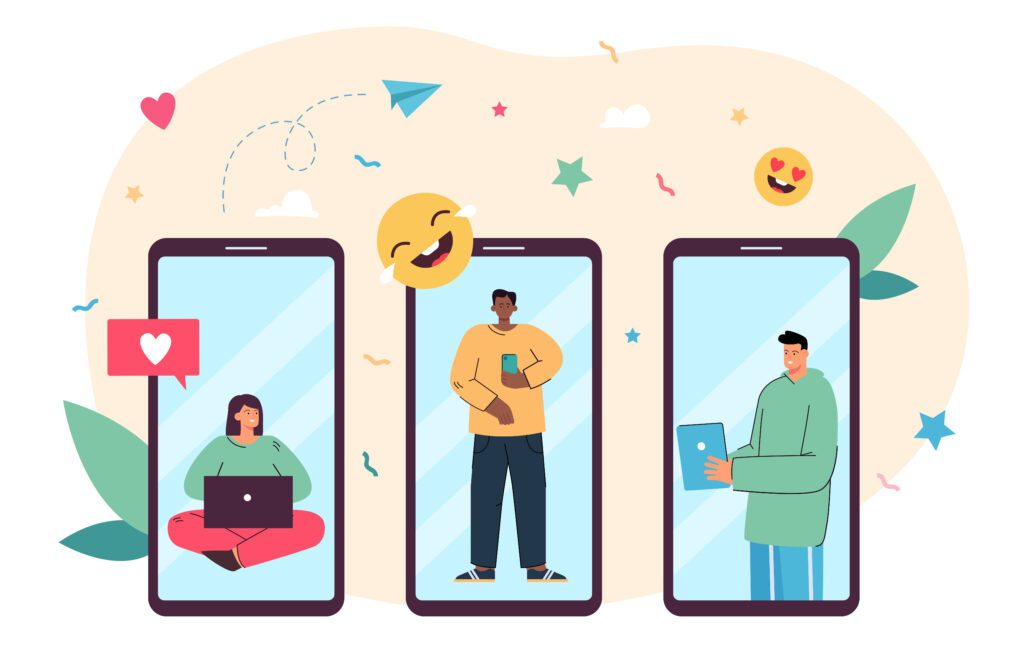
A phone interview is a remote usability test in which participants are orally instructed to complete activities on their device and feedback is automatically collected (the user interaction is recorded remotely).
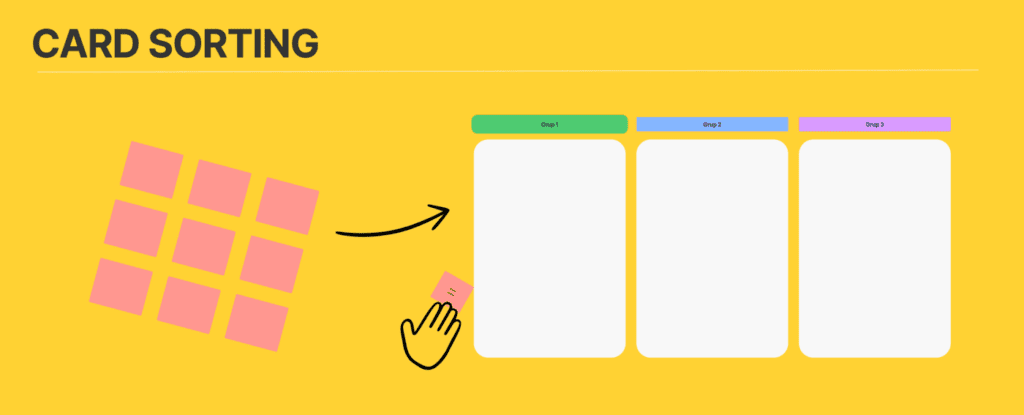
Card sorting, In a user interface, is a great way to prioritize material and functions. The method is straightforward: simply write down concepts (content, characteristics) on cards and allow test participants to sort them into groups and categories. A moderator should ask test participants to explain their reasoning as soon as they finish sorting the cards (to understand the reasoning).
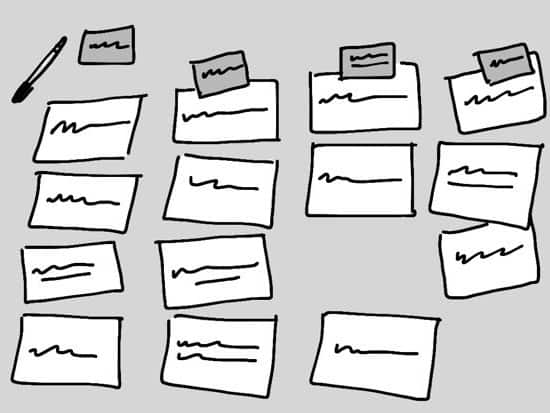
Session recording is a technique for capturing the actions of real (but anonymous) people while interacting with a website. Session recording data aids in determining what content/features users find most appealing (through heatmap analysis) as well as what interaction issues users encounter while interacting with your product.
